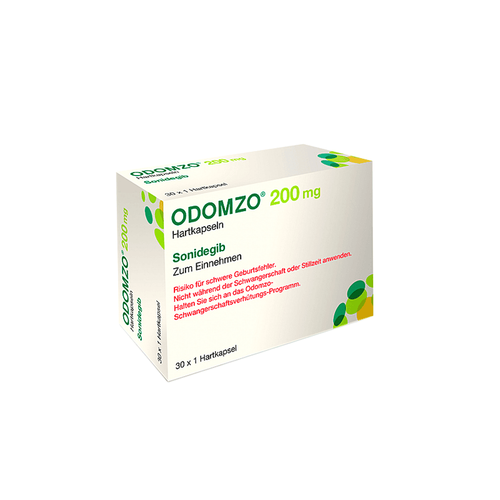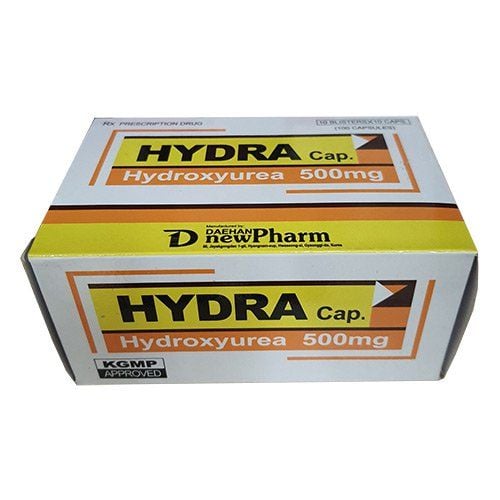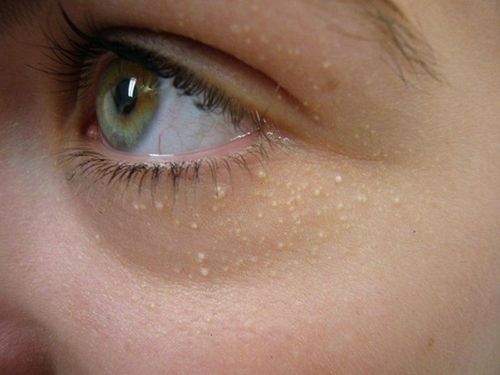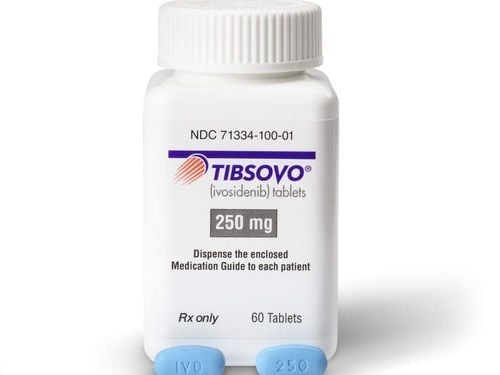This is an automatically translated article.
Basal cell carcinoma is a common form of skin cancer, the disease usually grows very slowly, appearing mainly in the head and neck - where the most sun exposure. The disease does not spread to other parts of the body but has quite complicated consequences for the patient.
1. What is basal cell carcinoma?
Basal cell carcinoma (BCC) is a malignant tumor composed of cells that resemble those in the basal layer of the epidermis. The true origin of basal cell carcinoma is not clear. In the study, morphological and immunological similarities were found between the basal cell carcinoma cells and the outermost cells of the hair follicle. Experts believe that basal cell carcinoma originates in the hair follicle.This is the skin cancer with the highest rate, accounting for 75% of other skin cancers, common in people over 50 years old and manifests in many different forms.

Ung thư biểu mô tế bào đáy là một loại ung thư da ác tính
2. Risk factors for basal cell carcinoma
Sunshine The ultraviolet rays in the sun are considered by researchers to be the main cause of skin cancer, including basal cell carcinoma. Outdoor workers who are regularly exposed to the sun have a very high risk of basal cell carcinoma. 80% of basal cell carcinoma lesions are in the open skin.
Genetic Variations In patients with an inactive P53 gene, 50% of these patients develop skin cancer by the age of 30 and 90% by the age of 70. In addition, congenital BRAF mutations. can cause basal cell carcinoma.
In addition, some risk factors that make people more susceptible to basal cell carcinoma are:
Male sex is more likely to get basal cell carcinoma than female The majority of people get cancer basal cell carcinoma all over the age of 50 Family history of skin cancer Immunosuppressive drug users Thin or fair skin is also at high risk People exposed to radiation, arsenic on a regular basis

50% số bệnh nhân này mắc ung thư da ở tuổi 30 và 90% mắc ung thư da ở tuổi 70
3. Symptoms of basal cell carcinoma
Tumor lesions: Usually 1cm or more in size, solid density, glossy, vasodilated, no itching, no pain, slow progression may have ulcers Fibrocystic lesions: Usually appear in the nose or forehead, showing lesions flat with the skin surface, sometimes with concave, infiltrative scars, above with dilated blood vessels, unclear boundaries. Superficial Paget's lesion: Usually occurs on trunk. Lesions are flat to the skin surface, well demarcated, scaly above, slowly progressing. Ulcerative lesions: The above types of lesions can be long-healing ulcers with black exudate or necrotic tissue. Basal cell carcinoma lesions, which are dark brown in color, are easily confused with the hyperpigmentation in melanoma. Regional lymph nodes may be enlarged, poorly infiltrated, or non-motile.

Ung thư biểu mô tế bào đáy có màu nâu đen, có khi gây loét da, tổn thương da
4. Basal cell carcinoma treatment
After being examined, diagnosed and concluded to have basal cell carcinoma, the patient should be treated for basal cell carcinoma immediately. The principle of disease treatment is to thoroughly remove the cancerous tissues, and at the same time treat the defects caused by the disease lesions to ensure function and aesthetics after resection of the damaged tumor.
Currently, patients with basal cell carcinoma can be treated with surgery such as:
Wide excision of the lesion: This is the most indicated measure, the skin incision is far from the lesion margin. from 0.3 to 0.5 cm. Mohs surgery: Is a method of treating skin cancer with good results. Cryosurgery Using photochemotherapy. Reconstructive blepharoplasty uses local or remote skin flaps, full-thickness skin grafts, or split skin grafts.
5. Prevention of basal cell carcinoma
Follow the doctor's instructions during and after the treatment; Minimize prolonged exposure to the sun (especially young children); Periodic dermatological examination every year to detect disease symptoms early; When going out in hot weather, wear sunscreen with SPF 15 or higher, wear sun-protective clothing, and wear a hat. Vinmec International General Hospital is one of the hospitals that not only ensures professional quality with a team of leading doctors, modern equipment and technology, but also stands out for its examination and consulting services. and comprehensive, professional medical treatment; civilized, polite, safe and sterile medical examination and treatment space.
To register for examination and treatment at Vinmec International General Hospital, you can contact Vinmec Health System nationwide, or register online HERE.
MORE:
Learn skin biopsy technique Basal cell carcinoma: Causes, symptoms, diagnosis and treatment Basal cell carcinoma: Diagnosis and treatment













